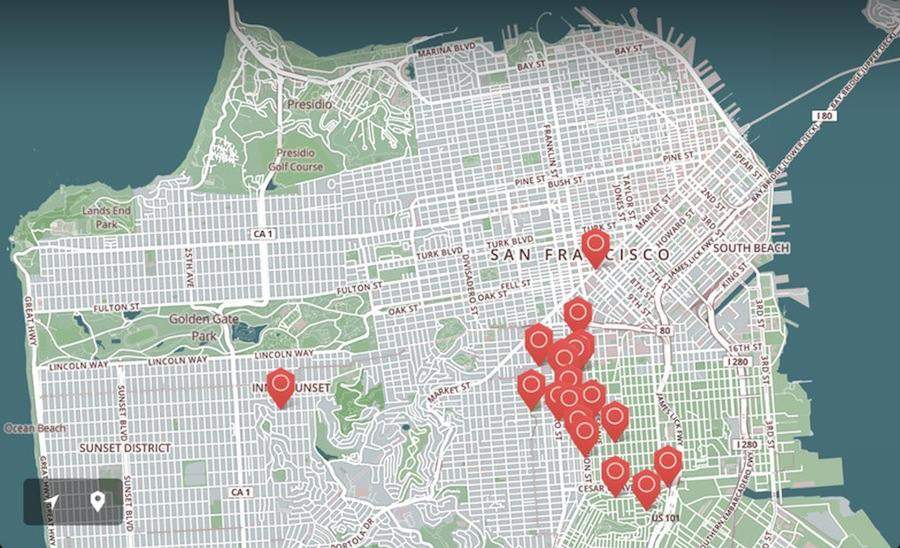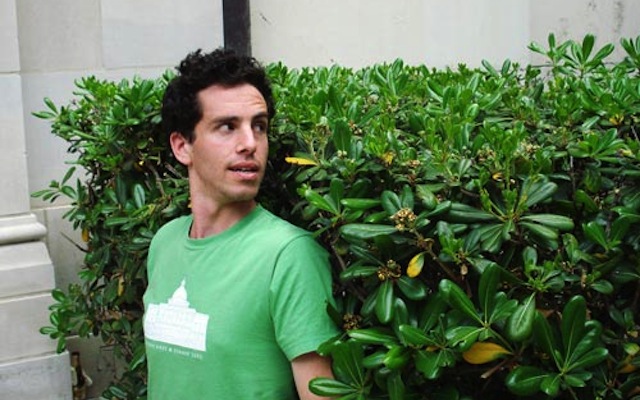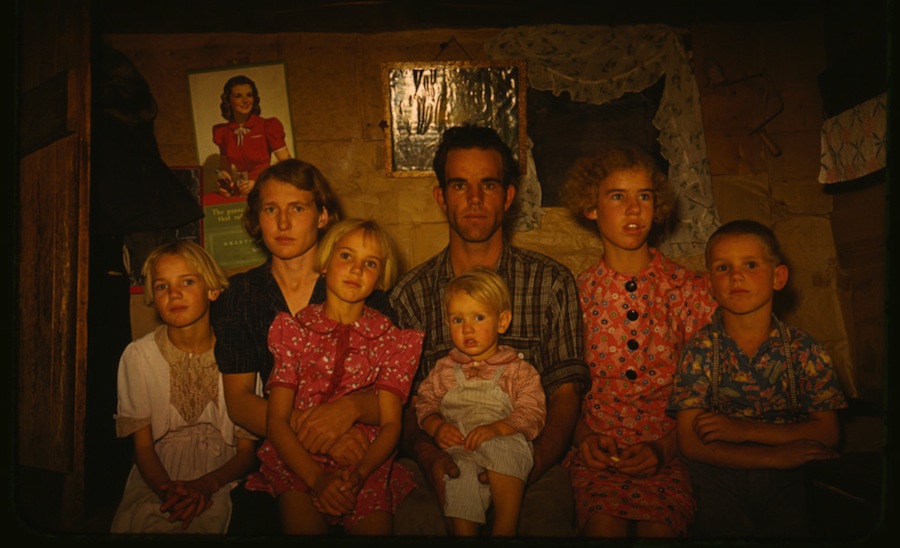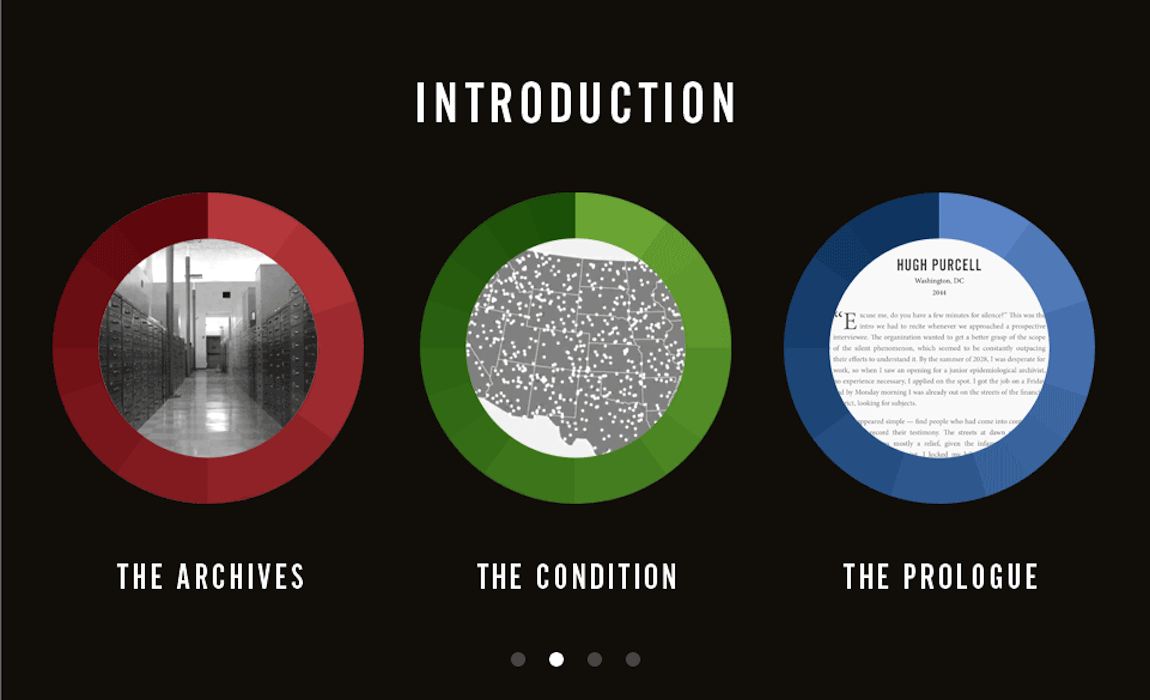How iPad Stories are Changing Writing (and Reading)
The Silent History creator and ex-McSweeney's editor Eli Horowitz shares his digital lessons.
"Sitting on a bench in Wicks Park in Marrickville, reading a field report by The Lifted Brow's Sam Cooney, I madly looked around for a caramel door described in the text. There it was! As if the writer had put the doorway there himself! Of course, I knew he hadn't, but it was perfect — the exact kind of dark magic that all good writers and artists and musicians perform when their work seems to lift up walls behind walls behind walls and reveal something new and unexpected with great clarity. This is what digital literature can do and be! It's a revelation — experiential and immersive and immediate."
This eerie literary experience, as described by Concrete Playground writer Lauren Carroll Harris, was made possible through the award-winning digital project The Silent History. A science-fiction novel that takes the form of an app, The Silent History tells the tale of a dystopian future where a mysterious epidemic has robbed children of the ability to develop language. From 2011 to 2043, readers watch on as these mute children — dubbed 'silents' — tear families apart, unnerve entire government sectors and generally freak people out.
Part sci-fi thriller, part-real-life scavenger hunt, the app has been called "entirely revolutionary" by Wired magazine, while the LA Times declared it "a landmark project that illuminates a possible future for e-book novels."
We spoke to its creator, ex-McSweeney's managing editor and publisher Eli Horowitz, in Australia for the Sydney Writers' Festival, about what it means to read an app and what writers are doing differently to entertain a digital audience.

The Writer as a Prime Mover
"The first thing I wanted was it to be a story that you could explore," says Horowitz, "because I have this thing, which I bet that a lot of people have, when you read a book you love or see a movie you love or whatever, you almost then want to keep on existing in that world. You want to see what's just off the page or off the screen, and keep on exploring and living in it."
The tablet platform, with its promise of interactivity and updatability, was a natural fit. An app like The Silent History combines the familiar pleasures of a page-turning narrative with the gaming world's mechanics of exploration and investigation.
"Once I had that then the plot needed to be kind of global and sprawling, the kind of essential premise that could play itself out a lot of different ways, so that's why it became kind of like a medical story, an epidemic story almost, that lends itself well to that."
But that's just the beginning. Around this main story arc float hundreds of 'field reports', site-specific side narratives that readers can only access when they travel to the physical location where the report is set. These reports can be written by anyone, anywhere — in fact, there are already a bunch tucked away around Australia. And if you're feeling inspired, you are free to pen your own and submit it for approval from The Silent History's US editing team.

The Writer as a team player
Horowitz, begotten of a librarian and originally a carpenter ("not a very good one"), claims that the whole process featured very little in the way of creative genius and a whole lot of good ol' problem solving. He admits that the communal approach of the project — which is what has brought The Silent History so much attention — wasn't even originally part of the blueprint.
"The collaborative aspect was not so much any kind of ideological belief about crowd-sourcing or wikis or whatever but more that I wanted these things to be all over the place and I couldn't put them all over the place," he explains, "The more people we had [writing] the more of a geographic spread we could have."
It sounds simple enough. But creative genius or problem solver, Horowitz has been hailed as a literary revolutionary. He and his team, Ying, Horowitz & Quinn LLC, are considered trailblazers in e-storytelling, crafting a digital experience unlike any other. While e-books have been popping up on the App Store since the release of the iPad in 2010, none has received this level of fanfare.

The Writer as a Coder
"A lot of times [with] these projects, the downfall is that they're essentially a technology project and they find some writing to cram into it or it's essentially a literary project and then at the end they add the technological aspect and it's still kind of unsatisfied or clunky or buggy," says Horowitz, "so having it all work together was really important."
For all the praise coming his way, though, the San Franciscan remains humble. During his eight years at Californian publishing house McSweeney's, he operated under the mantra that anything he printed had to "earn the page it's on". He says that he brought this same approach over to the app world, trying to create something that "earns the screen it's on".
"I approach this in very much the same way that I would approach a book with McSweeney's or whatever else," he says. "Just to think about how form and content both can affect each other, and to think about the total experience of the project. I don't see this as a move away from print or anything, I see this as just another tool in our toolbox."

Eli Horowitz will be appearing at the The Sydney Writer's Festival from May 24 to 26 at the events Reading in the E-Future, Festival Club Friday, The Silent History and Tales From the Editorial Front Line. He'll also pop into the Sydney Apple Store on May 28 as part of Vivid Sydney.








